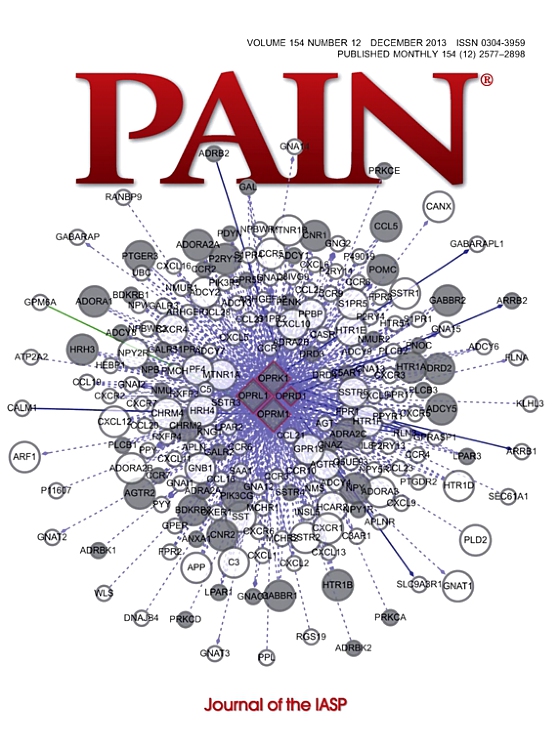Chronic pain selectively reduces the motivation to work for remifentanil but not food reward.
IF 5.5
1区 医学
Q1 ANESTHESIOLOGY
引用次数: 0
Abstract
Currently, preclinical research has reported conflicting evidence as to whether chronic pain imparts resilience or vulnerability to opioid drug seeking. Here, we investigated the impact of chronic pain on the intravenous self-administration (IVSA) profile of the short-acting opioid analgesic remifentanil in a mouse model. Using a chronic constriction injury model of chronic neuropathic pain, 7 days after injury, male and female C57Bl/6J mice began remifentanil IVSA. During the acquisition phase, there were no differences in the total number of reinforcers earned but an increase in the number of active nose pokes in pain mice. An increase in the rate of acquisition within sessions was observed in male but not female mice. When work effort increased (fixed ratio 3 and progressive ratio), pain mice unexpectedly showed a reduction in the number of reinforcers earned and their breakpoint. This change in motivational state was specific to the willingness to work for remifentanil, as these changes were not observed with higher effort for a food reward. We hypothesized that chronic pain altered the dopaminergic state of the striatum, which would impact the motivation to work for a reward. We found that pain mice had significantly decreased phasic dopamine release assessed via fast-scan cyclic voltammetry and reduced potassium-evoked extracellular dopamine measured by microdialysis. Future studies will investigate the causal relationship between this hypo-dopaminergic state and decreased behavioral motivation associated with a chronic pain state.慢性疼痛选择性地降低了为瑞芬太尼工作的动机,而不是食物奖励。
目前,关于慢性疼痛是否赋予阿片类药物寻求的恢复力或脆弱性,临床前研究报告了相互矛盾的证据。在这里,我们在小鼠模型中研究了慢性疼痛对短效阿片类镇痛药瑞芬太尼静脉自我给药(IVSA)的影响。采用慢性神经性疼痛慢性缩窄性损伤模型,损伤后7 d,雄性和雌性C57Bl/6J小鼠开始瑞芬太尼IVSA治疗。在获得强化物的阶段,疼痛小鼠获得强化物的总数没有差异,但主动戳鼻子的次数有所增加。在雄性小鼠中观察到获得速率的增加,而雌性小鼠则没有。当工作努力增加(固定比3和递进比)时,疼痛小鼠意外地表现出获得强化物数量和断点的减少。这种动机状态的变化是为瑞芬太尼工作的意愿所特有的,因为这些变化并没有在为食物奖励而付出更大努力的情况下观察到。我们假设慢性疼痛改变了纹状体的多巴胺能状态,这将影响为奖励而工作的动机。我们发现,通过快速扫描循环伏安法评估疼痛小鼠的阶段性多巴胺释放显著减少,通过微透析测量钾诱发的细胞外多巴胺减少。未来的研究将探讨这种低多巴胺能状态与慢性疼痛状态相关的行为动机下降之间的因果关系。
本文章由计算机程序翻译,如有差异,请以英文原文为准。
求助全文
约1分钟内获得全文
求助全文
来源期刊

PAIN®
医学-临床神经学
CiteScore
12.50
自引率
8.10%
发文量
242
审稿时长
9 months
期刊介绍:
PAIN® is the official publication of the International Association for the Study of Pain and publishes original research on the nature,mechanisms and treatment of pain.PAIN® provides a forum for the dissemination of research in the basic and clinical sciences of multidisciplinary interest.
 求助内容:
求助内容: 应助结果提醒方式:
应助结果提醒方式:


